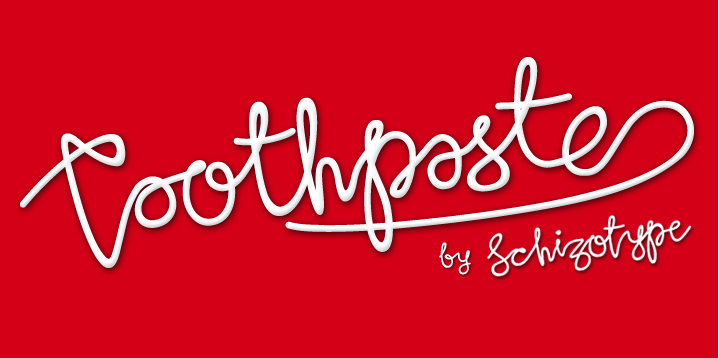UrbanFonts features an amazing collection of free fonts, premium fonts and free dingbats. With over 8,000 freeware fonts, you've come to the best place to download fonts! Most fonts on this site are freeware, some are shareware or linkware. Some fonts provided are trial versions of full versions and may not allow embedding unless a commercial license is purchased or may contain a limited character set. Please review any files included with your download, which will usually include information on the usage and licenses of the fonts.
Download free MC Toothpaste Regular font, MCTOOTHPASTE.TTF MC Toothpaste Regular MC Toothpaste. Download Kodak Esp 7 All In One Printer Software. Design your own Toothpaste logo for free. Choose logo >Edit Text >Customize >Done! Large font sizes do not auto-update.

Click to expand.I guess it's just semantics, but when you say outer layer, you're implying that the polarization only happens on the topmost layer. To quote Oakley, 'We use a precise infusion molding process to produce one comprehensive, single-layered lens. No glue, no sandwiching, no mustard or mayo. Just the clearest Polarized lens you can find.'
How they do it is where my knowledge on the matter ends. If you know it, please share. All i know is that it's not a glued on layer like 3rd party / competitors, as you've said. Again same as you, not trying to rock the boat. Just a friendly discussion. Click to expand.I was only referring to non-iridium polarized lenses. Grover Inductance Calculations Pdf Printer. And I haven't been to the factory and seen the process, either.
I'm not sure that marketing phrase is 100% accurate, though - I can't find the thread (maybe it was a PM) but I do recall a discussion with IH on how Oakley polarized lenses have changed. As we know, a lens will have a base tint and an iridium tint, if iridium coated. The base tint is tint-in-base (or some term like that), which basically means it's the actual tinted color of the polycarbonate, all the way through. Hp Pavilion Dv9000 Drivers Windows 10. This was true with both regular and polarized lenses. If I recall correctly (and the info's still current), this has changed. Regular lenses are still tint-in-base.
But polarized lenses no longer are. Instead, the polycarbonate of polarized lenses is now clear, with the base tint being added as a layer before the iridium. The way to tell is to look at unmounted lenses edge on; you'll notice a difference between polar and regular. I can only speculate - the process they use to fuse the polarization to the polycarbonate is likely expensive and complicated, so it'd be more efficient and/or cost effective to only produce one version of polarized polycarbonate and add whichever base tint you want after the fact than it is to produce polarized versions of all the tint-in-base base tints required. Bottom line, I still wouldn't use toothpaste or plexi polish on Oakley lenses to remove scratches.